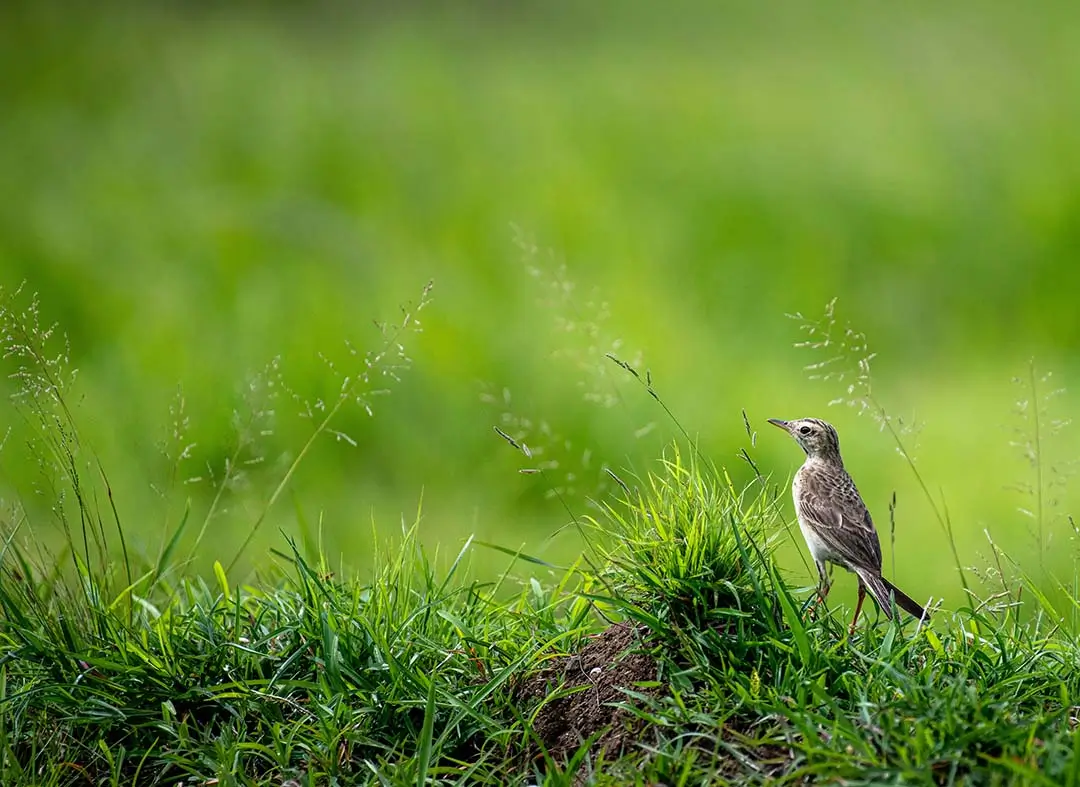
BIRDING IN
Kazuma Pan National Park

BIRDING IN
Kazuma Pan National Park

BIRDING IN
Kazuma Pan National Park

BIRDING IN
Kazuma Pan National Park
Kazuma Pan is virtually unspoilt wilderness with an open landscape of grassy plains which is reminiscent of the great East African plains and is thus dissimilar to the usual Zimbabwen bush or woodland landscapes. Within the Park there are a series of pans, some of which are kept continuously filled by water pumped from boreholes during the dry season. This permanent water source causes large concentrations of wildlife to seasonally migrate between Botswana and Zimbabwe, especially towards the end of the dry season from September through to the first rains of November or December.
The park is situated in the north western corner of Zimbabwe between Kazungula (the border to Botswana), Hwange National Park and Victoria Falls. It includes a series of pan depressions, covering an area of 31,300 hectares (77,000 acres) some of which are continuously pumped from boreholes in the dry season, open grassland and small forests of Mopane. A series of natural depressions (pans) provide the animals with water, there are artificial boreholes that supplement the water supply in the dry season.
There are a series of seasonally flooded pans in the south-west of the park attracts a wide variety of waterfowl. The pan systems are also ideal habitat to a large variety of water birds, with a number of species including storks, crowned cranes, stilts, cormorants, ducks and kingfishers occurring throughout the area. Other birds here include; Saddle-bill Stork, Intermediate Egret, Dark Chanting Goshawk, Common Barn Owl, Shaft-tailed Whydah, Purple Indigobird, Flappet Lark.
Our Experts are ready to provide answers
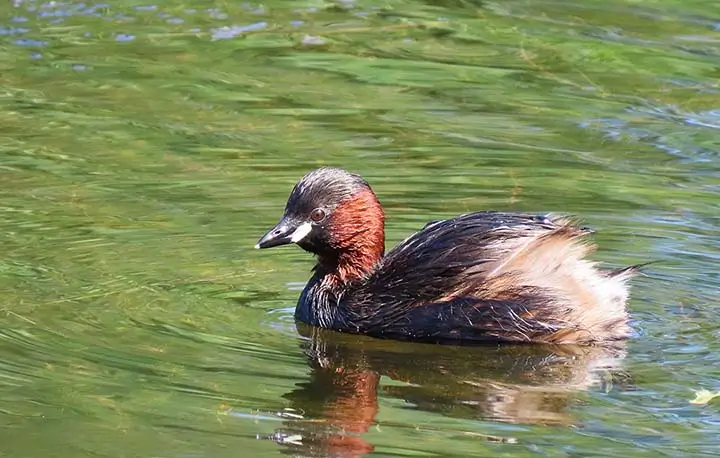
Common birds to look out for while catching your breath are several miombo specials, namely the Miombo Rock Thrush, Miombo Grey and Rufousbellied tits, Miombo Double-collared Sunbird, and MashonaHyliota.
Read More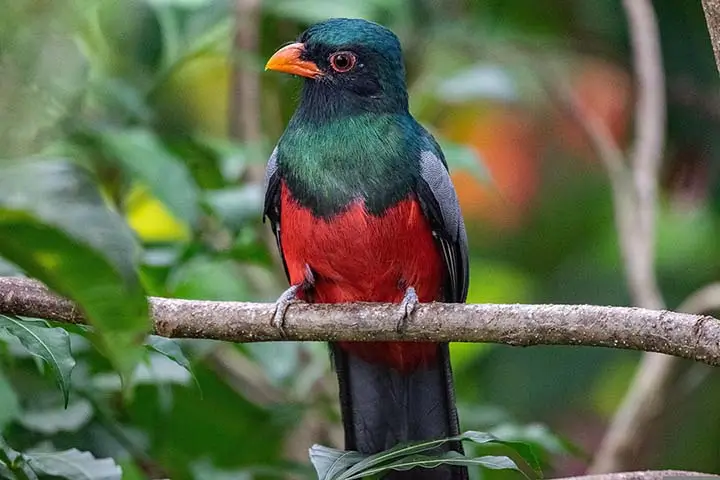
Chizarira provides a wide variety of habitats for birds, with nearly 400 species having been recorded.
Read More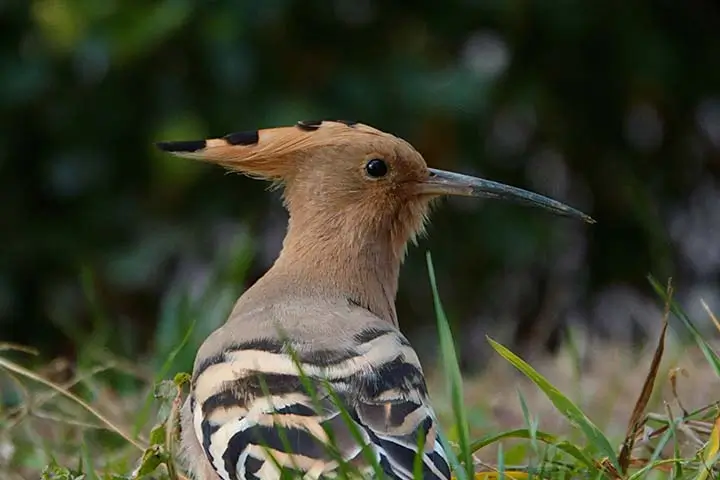
owering red cliffs and massive baobab trees create a dramatic backdrop to Big 5 game viewing as well as bird watching that ranks among the best in the region.
Read More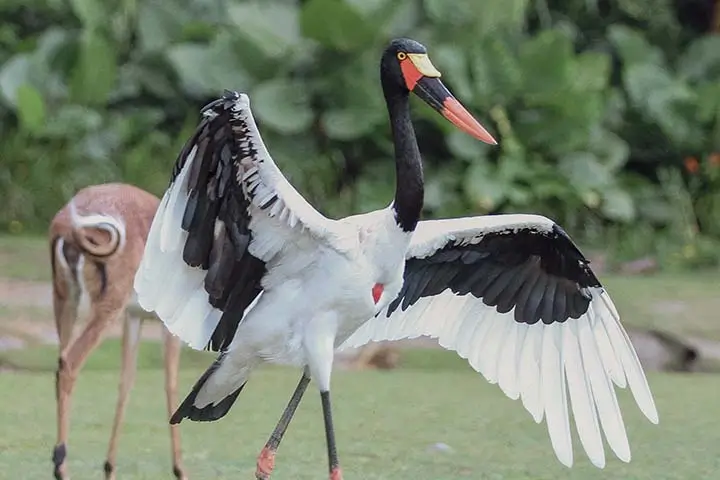
Generally, Hwange is considered to be of conservation importance for 24 species, including Ciconiaepiscopus, Oxyuramaccoa, Gallinula angulata and Chlidonias hybridus.
Read More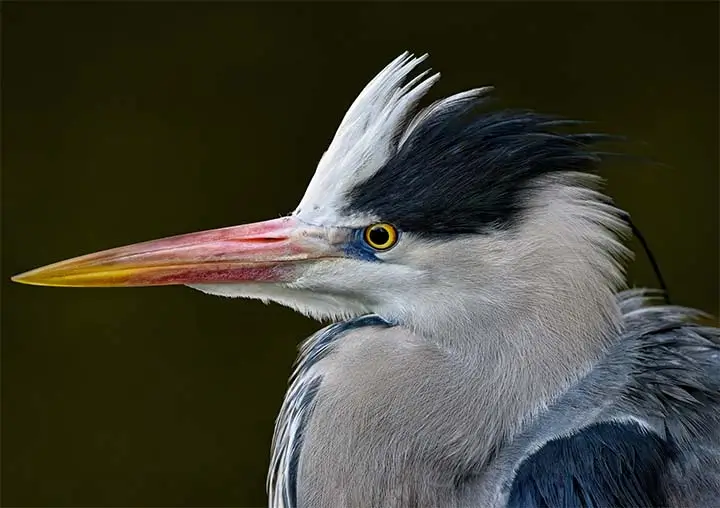
The remnant pools of the mighty Zambezi River attract many mammals and bird species.
Read More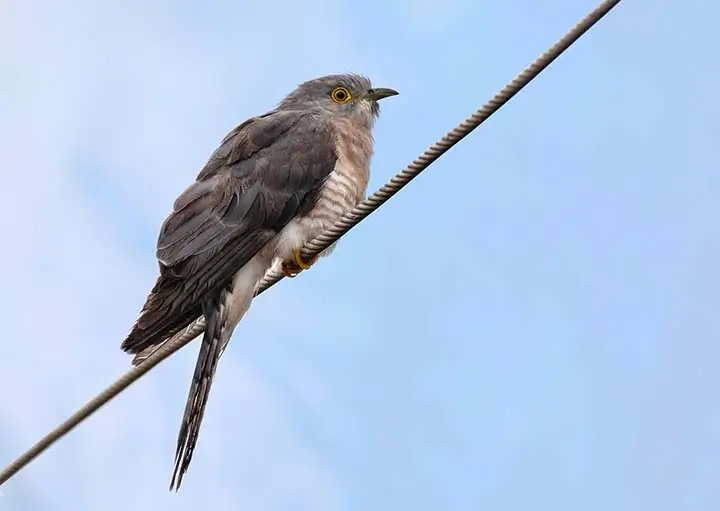
Matobo National Park contains the highest concentration of black eagles, and breeding pairs of these birds, worldwide.
Read More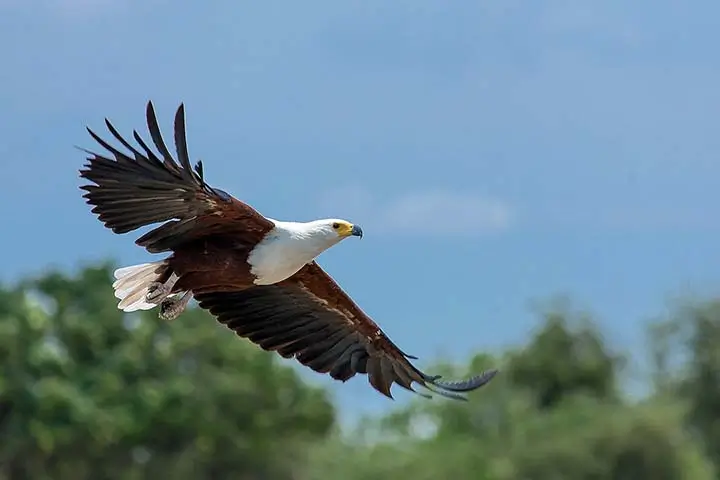
Giant African fishing eagles sit on trees. Smaller but colorful kingfishers and bee-eaters divebomb for fish and insects and when you add all the egrets and cranes and storks it's a total birder's paradise.
Read More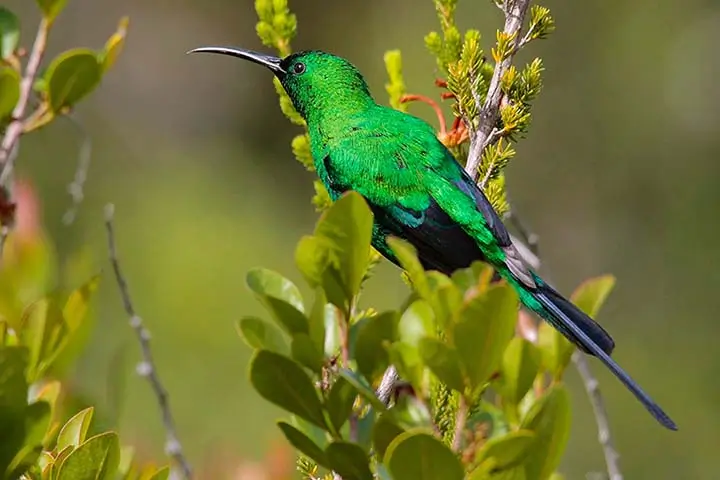
The Nyanga Mountains form the northernmost extent of the Eastern Highlands in Zimbabwe. They lie about 70 km north-east of Mutare in two rural Districts, Nyanga and Mutasa.
Read More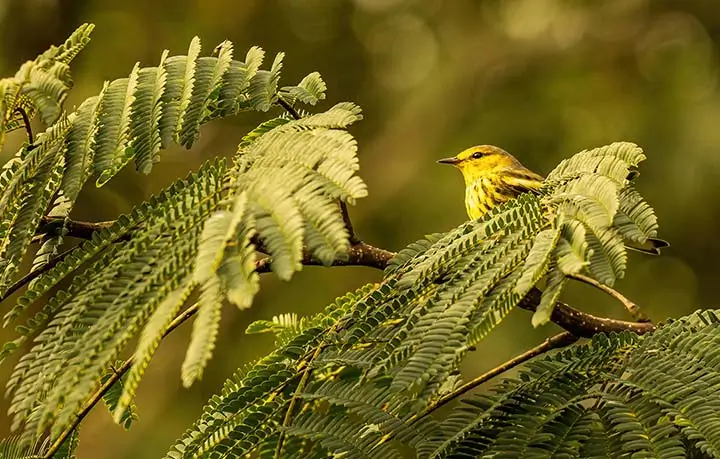
Lake Chivero hosts many waterbirds, and 100 species are on the checklist. At times, thousands occur. In the austral winter, many ducks loaf on the dam during their flightless moult.
Read More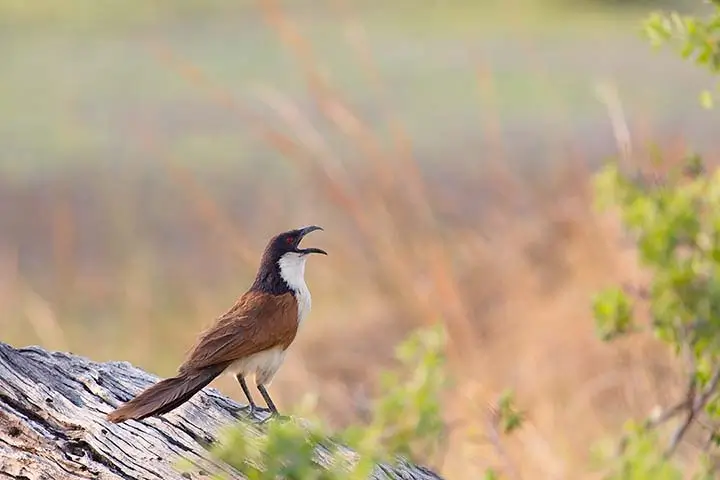
There are bird specials here that are far easier to find than anywhere else in the country. You'll probably be able to tick off lifers like grey-headed parrot, African broadbill, short-clawed lark, Shelley's francolin and crested guineafowl. Others, like Arnott's chat and the Senegal coucal, are central African birds at the southern edge of their range here.
Read More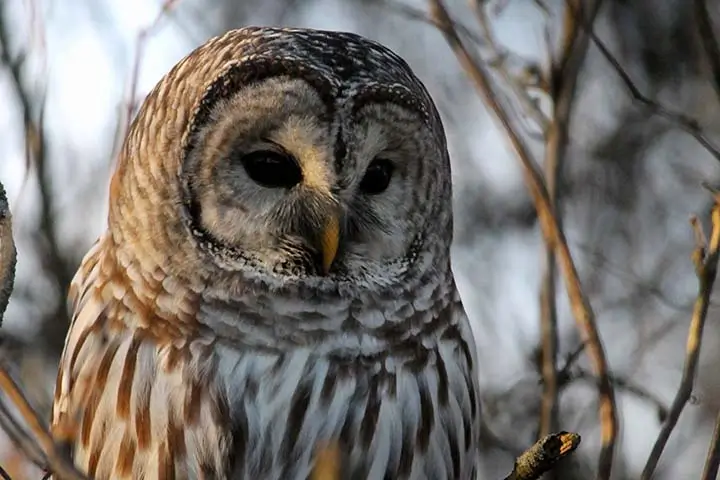
Just 15 kilometres from Mutare, the capital of Manicaland province, rise the rounded granite domes of the Bvumba, the Eastern Highlands' most popular birding destination.
Read More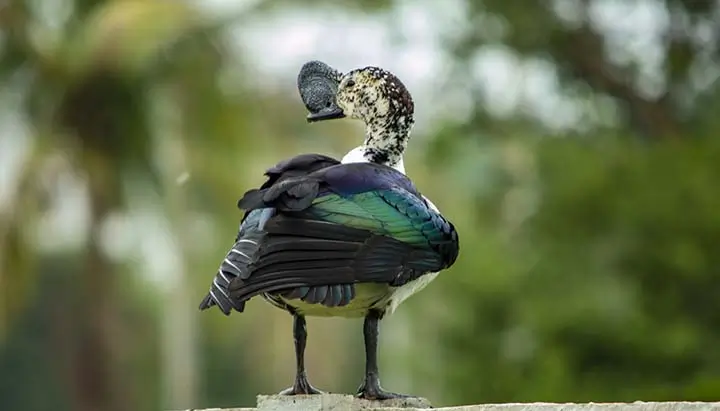
Birding is a highlight of a trip to Victoria Falls: 470 species of birds have been recorded in both these parks and in the Victoria Falls area, including Pel's fishing owl, African skimmers.
Read More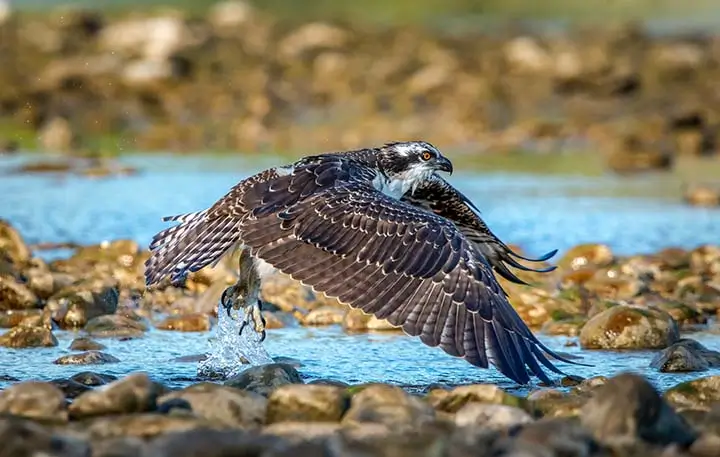
Over 400 species of birds have been recorded within the Zambezi National Park. Pel's fishing owl, African skimmer, collared palm thrush; lanner falcon, goliath heron, African finfoot, rock pratincole and long-toed lapwing are considered to be among the speciality birds of the park.
Read More